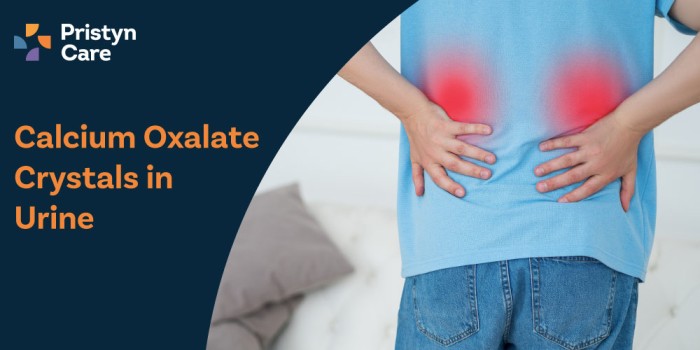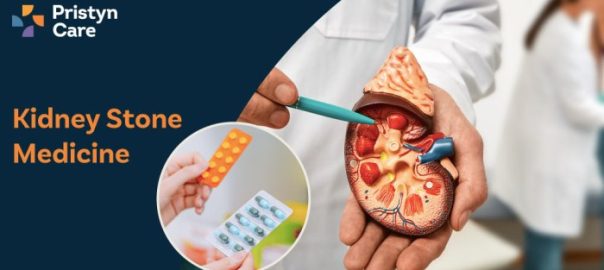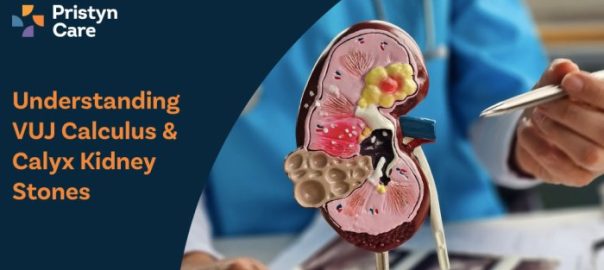![]() Views: 205
Views: 205
Calcium Oxalate Crystals in Urine – Causes, Symptoms & Treatment
Dedicated Support at Every Step!
Our Doctors are available 24 hours a day, 7 days a week to help you!
Table of Contents
What Do Calcium Oxalate Crystals in Urine Indicate?
Calcium oxalate crystals form when urine contains high levels of calcium and oxalate. These crystals can clump together to form stones in the kidneys or urinary tract, particularly when urine is concentrated or acidic.
No Cost EMI, Hassle-free Insurance Approval
Common Causes of Calcium Oxalate Crystals in Urine
Low fluid intake or dehydration
High intake of oxalate-rich foods (e.g., spinach, nuts, chocolate)
Excessive Vitamin C intake (metabolized to oxalate)
Chronic gastrointestinal disorders or malabsorption syndromes
Hyperparathyroidism (affecting calcium metabolism)
Genetic predisposition to kidney stone formation
Symptoms That May Be Present
While crystals alone may not cause symptoms, larger accumulations forming stones may result in:
Sharp or cramping pain in the back or side
Pain or burning during urination
Cloudy or foul-smelling urine
Blood in the urine (hematuria)
Frequent urge to urinate
Diagnostic Methods
To confirm the presence and assess the cause of calcium oxalate crystals, a urologist may recommend:
Urine routine and microscopic examination
24-hour urine analysis to assess mineral levels
Blood tests to check kidney function and calcium levels
Imaging tests like ultrasound or CT scan for detecting stones
Dietary Recommendations to Prevent Calcium Oxalate Crystals
A well-balanced diet can significantly reduce the risk of crystal and stone formation.
| Food Type | Recommended | To Avoid |
|---|---|---|
| Fluids | Drink 2.5–3 liters of water daily | Low fluid intake |
| Oxalate content | Low-oxalate foods like apples, cabbage, rice | Spinach, almonds, chocolate, beetroot |
| Calcium | Dairy products (milk, curd) in moderate amounts | Calcium supplements without doctor’s advice |
| Sodium | Low-sodium diet | Processed foods and salty snacks |
| Protein | Moderate consumption of lean protein | Excess red meat or high-protein diet |
When Is Surgical Treatment Required?
If calcium oxalate crystals progress to form symptomatic kidney stones, surgical intervention may be necessary. Common procedures include:
URSL (Ureteroscopy) – For stones lodged in the ureter
RIRS (Retrograde Intrarenal Surgery) – Laser-based stone removal from kidney
PCNL (Percutaneous Nephrolithotomy) – For large or complex stones
ESWL (Extracorporeal Shock Wave Lithotripsy) – Non-invasive stone fragmentation
Summary
Calcium oxalate crystals in urine may be a sign of early-stage kidney stone formation.
Staying hydrated and maintaining a balanced, low-oxalate diet can help reduce the risk.
Regular urine tests and timely medical consultation are key to preventing complications.
Advanced surgical options are available for managing severe or recurrent stones.
Disclaimer: This article is for educational purposes only. Always consult a qualified urologist or nephrologist for diagnosis and treatment of urinary disorders.











